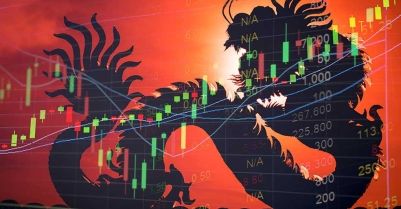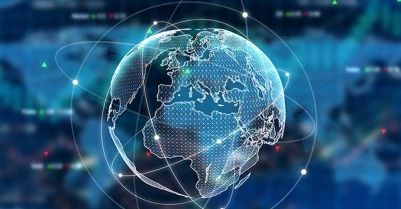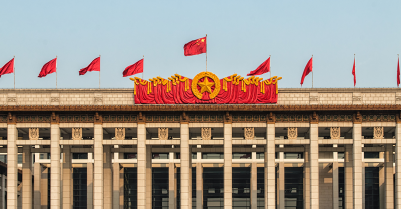-
View article
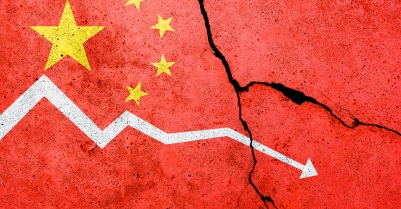 #Economy
#EconomyChina: confidence, price war and credibility are the watchwords in this early part of the year
2024/03/26
- #Eco-trends
- 2020/04/14
- 0
-
6
Will the "factory of the future" act as a bulwark against economic paralysis?
A phenomenon that emerged over ten years ago in major industrialised countries, the “fourth industrial revolution”, conceptualised in France through the term “Factory of the Future”, offers responses to the difficulties facing production systems amid the current public health crisis.
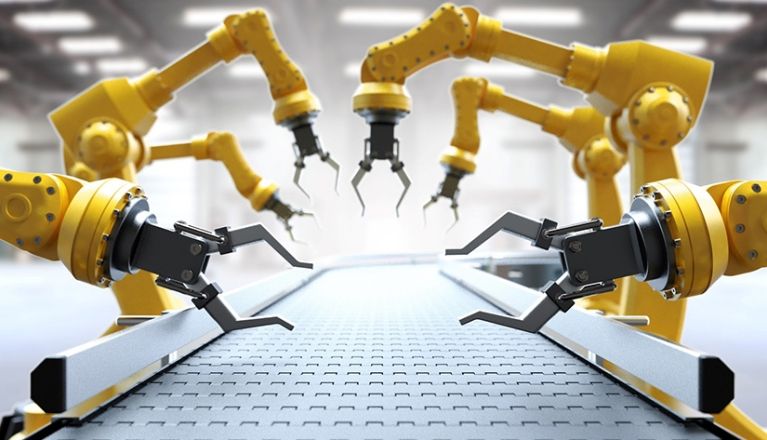
Manufacturing industry is bearing the full brunt of the fallout from the current public health crisis. As an indication, the Fédération des industries mécaniques (Mechanical Industries Association) estimated that at end March, only 40% of French mechanical subcontracting firms were operating at half their normal capacity or above, while 20% had scaled back operations even further. It follows that no fewer than 40% of such firms had ceased operations altogether.
There are many reasons for this disastrous state of affairs: lockdowns and employee absences, shutdowns of supplier and customer sites, supply chains frozen by border closures, and so on. Past certainties have been blown apart. The relentless quest to cut costs has resulted in a sometimes absurd degree of globalisation. Indeed, manufactured products are often assembled from components made on several continents, which must therefore be shipped, in defiance of the most basic principles of respect for the environment.
How should we think about the post-coronavirus world? Industry, so essential to our way of life, must surely continue its transformation. As it seeks to learn from the coronavirus crisis, it could usefully draw inspiration from thinking that has been going on for over ten years under the term “Fourth Industrial Revolution”, also known in Germany as “Industry 4.0”, in reference to the digitalisation of industry. In France, those opportunities that have been explored have been summarised by a number of industry bodies in the form of the “Factory of the Future”.
This summary is structured around five technological themes: information and communication technologies (Big Data, artificial intelligence, etc.), new agile manufacturing processes (including 3D printing), smart machines (collaborative robotics), new materials (composite materials, superalloys, etc.) and, lastly, monitoring and traceability (sensors, information processing, the Industrial Internet of Things, etc.).
My experience in heavy industry has taught me that bad investments are unforgiving. That being the case, leaders in these industries are legitimately cautious about sweeping technological change. However, the unprecedented nature and scale of the current crisis could prompt them to adopt a slightly bolder stance in support of the concepts embodied in the Factory of the Future. At stake is our ability to prevent production systems from freezing up as a result of employees being locked down and borders being closed.
Remote working in industry? It can be done!
Lockdown has prompted service sector businesses to widely adopt remote working where possible. Could a “human-free factory” be possible? Certainly not as regulations currently stand, for obvious reasons of safety and the need to be able to respond rapidly, for example for maintenance purposes.
However, robots – programmed on site – began to appear in factories way back in the 1950s. They have replaced humans when it comes to performing repetitive, low-added-value tasks in both manufacturing and manual handling. They continue to evolve, unfortunately resulting in the destruction of jobs that will not be replaced in any significant quantity by more highly skilled jobs. In the fairly near future, it will be perfectly possible to operate these robots by remote control – and why not do so while working from home? New tools will contribute to this revolution, an example being 5G, which will be able to respond to industry’s mass communication needs: higher speeds, greater network density and lower latency.
Another avenue for reducing the need for an on-site human presence is artificial intelligence, which consists of “reproducing” human behaviour in terms of thought and/or action. The main obstacle to this is not so much conservatism but rather ethics (humans want to “keep control”). However, the Industrial Internet of Things could prompt attitudes to change. Security is also an obstacle, with cybercrime exposing businesses’ expertise to the threat of intrusion.
Mass production, globalisation, environmental footprint: the time for action is now!
New manufacturing technologies, such as additive manufacturing (3D printing), are calling into question the “race for volume” in industry. Under pressure of demand, industrial activity is increasingly moving towards local production that can provide products that better match local expectations or respond to a desire for personalisation.
The Factory of the Future thus also means scaling back intercontinental trade so as to be able to cope with border closures. What better example than the miniature 3D printing factory set up at the heart of the Cochin hospital in Paris to provide frontline healthcare staff with the equipment they lack?
Growth in “locally made products” will also respond to growing demand for manufacturing industry to reduce its environmental footprint. The ultimate goal is to create diversified ecosystems in terms of both supply chains and end markets.
In summary, the post-coronavirus Factory of the Future will speed up the transformation of industry, not only from a value chain perspective but also in terms of how work is organised both inside and outside factories, how quickly industry is able to respond to demand, what products are offered and how dependent industry is on third countries.
Frédéric Lebon – frederic.lebon@credit-agricole-sa.fr

